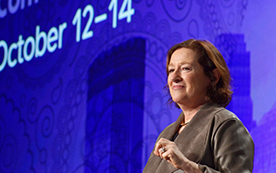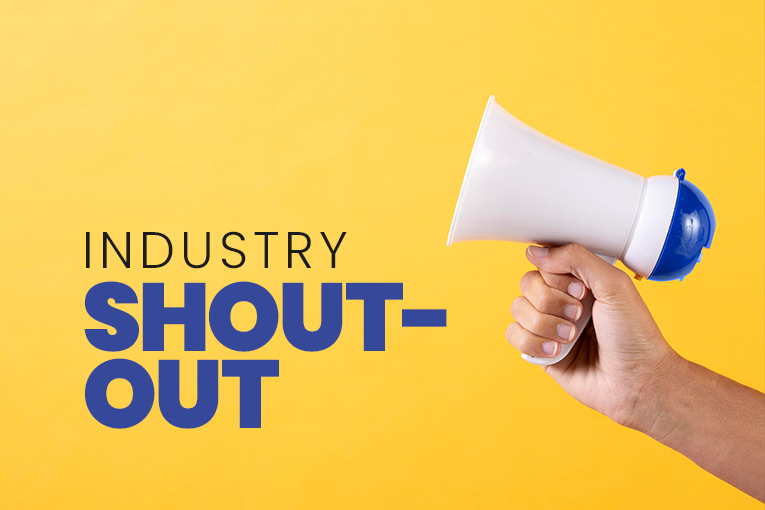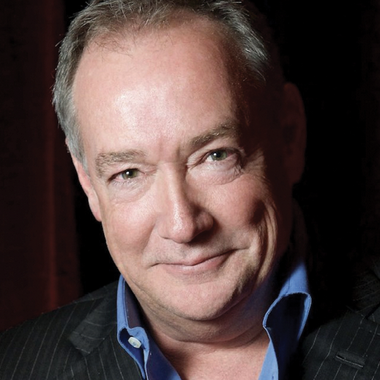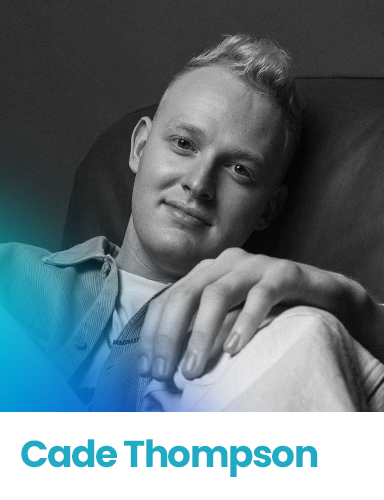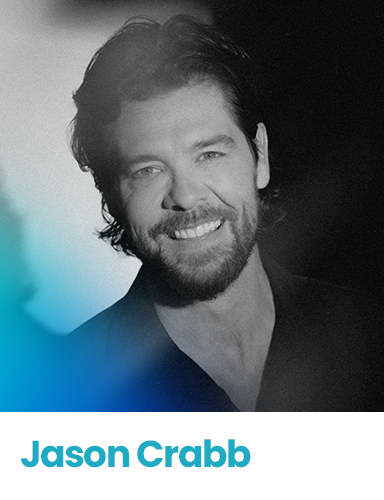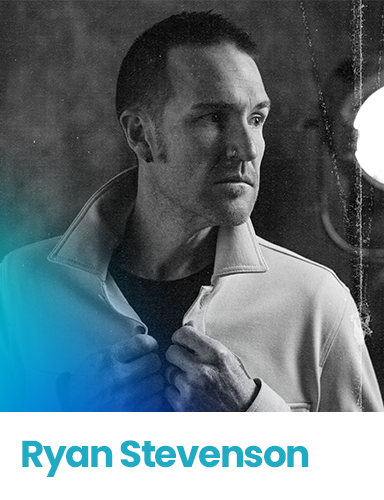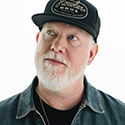
Facebook and X Have Changed the Rules, and Media Brands Must Adapt
Using 2015-2020’s social media strategy in 2024 isn’t going to produce results…
Have you scrolled through your Facebook feed lately? If not, take thirty minutes today and do it. What you’ll find is a lot of clutter. Feeds are now full of ads, content from pages you didn’t request that Facebook’s AI thinks you’d like, and drastically reduced are posts from your friends and the brands you enjoy following.
In the past month, I saw JJ Surma, Matt Nahigian, and Amy Lawrence all mention how their pages had become a mess. Noticing the same myself, I decided to investigate to see if it was a short-term thing or regular problem. It’s the latter unfortunately.
What you’ll discover often is the following sequence: Post from a friend, promotion of Threads, People You May Know section, promotion of Reels, promotion of a page you didn’t like, Ad, promotion for another page you didn’t like, Ad, another Ad, promotion of another page you didn’t like, another ad, etc.. It’s a complete mess.
I logged on and off of my account ten times to see if the pattern changed, and it did slightly. Nearly twenty posts stood between a friend posting a comment or picture, and the next friend sharing something similar the first time I reviewed. The second login attempt showed me four friends posts per twenty. The best experience I had saw eight friends posts out of twenty. With over 4,000 connections on the platform, I’m sure I’m missing 99% of posts from people I follow.
There are tricks to reach more of your audience. For example, after submitting a post, you can add @highlight or @followers in a comment below, and it will alert a number of your connections that you’ve posted. Facebook’s algorithm is not a fan of it though. Two of my posts went through unscathed, but the third got blocked and returned with a warning.
Clicking on the feeds section and posting in groups can also help but most people live on the main page. Facebook has turned its main hub into a wasteland, and there appears to be no end in sight.
Why does that matter? Well, if you run a brand, and you’ve spent years building an audience, trying to keep people aware of your audio, video, and written content, how are you supposed to reach them if the platform isn’t showing your content to your fans? Have you looked at your impressions, and engagement numbers lately? If you did, they’re likely down. I’ve seen that consistently across numerous brands I work with, and the story is the same for Barrett Media‘s accounts.
What’s become clear is that Facebook and X both want video and high profile people commenting on their platforms. They also want you spending money to be seen. If you rely on organic posts and don’t have a paid social strategy, good luck. The platforms also value celebratory news and feel good moments. Those don’t happen every day though.
The story isn’t much better on X either. Reach and engagement per post are way down. I reviewed how publishing brands and radio stations performed for a few full days, and the percentages were abysmal. For example, Axios had an average of 20K in reach per post for a full day last week. The brand tweeted 24x in 24 hours to their 680K followers. This means they reached roughly 3% of their audience on X. With most of their tweets pushing articles, X has no interest in sending people off of its platform to read their content.
The Hill experienced a similar fate. Though much more active with 140 tweets over a full day, 138 of which were promoting articles, the news publisher averaged just 8,800 per post. With 4.4 million following the account, that means their content reached less than 1% of their audience over 24 hours.
Rolling Stone and The Athletic weren’t much different. For a full day, The Athletic tweeted 37x generating an average of 30K in reach per post. They mixed up their posting strategy, using 5-6 video posts, a handful of images, and mostly articles, but with an audience of 558K on X, they reached roughly 5% of their audience. Rolling Stone on the other hand tweeted 36x over a full day, landing 21K per post. All of their posts promoted articles. With 6.1 million followers, they reached 0.3% of their audience.
Large market radio stations faced similar issues. WFAN for example posted 26x on X on Friday. 4 were video posts, 3 were images, 1 was an audio clip, and 18 promoted articles. Collectively they generated 19K impressions per post. The good news, two of their videos performed 3-5x higher on average per post. WFAN has 158K following on X, so when you look at an average of 19K per post, it means they’re reaching 8% of their followers. Pull away the two videos though that delivered 165K combined, and the average falls to 13K per post.
I also looked at ESPN LA on X, and they too are feeling the sting of organic reach being suppressed. The station has 97K followers, and over the span of 24 hours, they pushed out 27 tweets. Those posts included 12 videos, 2 GIF’s, a few promotional texts and a poll. They recorded an average of just 2K per post, and slightly above 2% per reach per post. Facebook, which is where ESPN LA especially shines with over 521K following, also had problems. The brand did a great job of pushing out a ton of video, but even the engagement and reach of their videos has been drastically reduced.
Using 2015-2020’s social media strategy in 2024 isn’t going to produce results for brands. Platforms have made massive changes, and with artificial intelligence now part of their business model, the game is changing rapidly. Media companies have greatly valued social media over the past decade, often to the detriment of their own networks, stations, podcasts, and websites. As the percentage of reaching people shrinks, it reminds us of how important it is to have a direct relationship with your audience. Whether that’s through you’re over the air product, podcasts, newsletters, text databases or in-person events, you’ve got to have a fan to brand strategy.
By the way, search is going to go through transformation in the future too. Google last week lost a landmark case, the first antitrust decision against a technology giant in the modern internet era. What happens when the content you’ve been creating for SEO search on Google has different rules for different search engines, and AI influencing what gets boosted and diminished?
Most media outlets don’t depend on social media for revenue. They use the platforms to ‘market’ their content to fans in the places they gather. Social media still has billions of people on it, so to suggest that it’s not important would be foolish. The point of this column is to open your eyes on how much harder it is now to be seen. Many of the brands I cited earlier are all successful, and even they are feeling the sting.
YouTube has far greater value right now, because people are watching content on the platform more than they are television. You can also monetize your videos if you have a decent subscriber base and regular viewing. Having said that, we are renting space on all of these platforms. If Facebook, X, YouTube or any other social media platform decides to change their rules, rates or reach, it’s on you to adapt. Otherwise, you risk losing relevance, and potentially revenue.
What brand leaders and executives need to be asking is ‘how much promotion is necessary’, ‘what type of content matters’, ‘how much should we be spending to market our content’, and ‘how do we use these platforms to grow our business?’ Do you need 5-10 people in a digital department if 50% of your reach continues evaporating? Are you helping your brand prosper by focusing on written content if platforms are making sure less people see the content? Do you need 50-100 posts per day if you’re literally spitting into the wind?
Executives have to do a better job of defining their digital strategies. Are you focused on live video audience, total video views, podcast listens or downloads, website/article pageviews, newsletter open and click rates, app sessions, social media reach or something else? You can call it all digital but some offer limited return on investment. Others provide greater bang for your buck. All require different strategies though.
These are the issues that should keep you up at night. As a publisher myself, I know how difficult it is. It’s why we’ve placed greater focus over the past year on our newsletter and events strategy. Even then, we don’t have it all figured out. As Rowdy Roddy Piper once said, just when they think they know the answers, I change the questions. Facebook and X are doing just that. It’s on us to adapt or spend a lot of time and resources learning the hard way that what we’re doing now isn’t making the same impact.

